Inside 'Sinners': Michael B Jordan, Ryan Coogler and the Movie's Co-Stars on Making Southern Gothic Horror with the Blues, Blood and Bite
Jordan and Coogler's decade-plus-long collaboration just keeps getting better and better, this time in a 30s-set, Mississippi Delta-set battle with evil.
How does Ryan Coogler do horror? With the supernatural, a blues soundtrack, and blood and gore, and also with evil honing in on twin brothers who are trying to create a new haven for their Black community to let loose in after dark, and to simply call their own, in the Mississippi Delta in the 1930s. Both portrayed by Michael B Jordan (Creed III) — because the only thing better than one version of the actor in the filmmaker's Fruitvale Station, Creed, Black Panther and Black Panther: Wakanda Forever is two in Sinners — Elijah and Elias, aka Smoke and Stack, are back in their hometown from Chicago with cash to splash and a dream to bring to fruition. They secure an old saw mill, then set about turning it into a juke joint as speedily as they can.
The siblings' young cousin Sammie (debutant Miles Caton), a talented guitarist, is enlisted to assist. So is everyone from other musicians (Unprisoned's Delroy Lindo and The Penguin's Jayme Lawson) and friends (Omar Benson Miller, True Lies) to loves from before the brothers left for the city (Loki's Wunmi Mosaku and The Marvels' Hailee Steinfeld) and the local Chinese American shopkeepers (Based on a True Story's Li Jun Li and The Last Bout's Yao). Not just anyone can enter — but when Irishman Remmick (Jack O'Connell, Back to Black) insists on an invite through the doors after being drawn the bar's way by Sammie's powerful tunes, and is refused, he gets persistent. Remmick also gets toothy.
Chatting about the picture back when its second trailer released, Coogler described Sinners as "very genre-fluid". He continued: "it switches in and out of a lot of different genres. Yes, vampires are an element of the movie. But that's not the only element. It's not the only supernatural element". Seeing how that proves accurate in the finished film, and how the man behind the movie has written and directed the hell out of it, is already one of 2025's best cinematic experiences. While marking the first time that Coogler hasn't explored a true story, taken on an existing franchise or brought an already-known character to the screen, there's never any doubting that the flick that results couldn't have sprung from anyone else — and that it builds upon one of the best filmographies in the business over the past decade.
Although Sinners is Coogler's debut official and overt entry in the horror realm, in a way he's been stepping into that terrain since 2013's Fruitvale Station. When that feature charted the events leading to the death of Oscar Grant in Oakland, it examined a real-life incident far more distressing than any movie that's predicated upon bumps and jumps. Now, 12 years later, Coogler's path from his first film to his fifth is clear: in both, terrors and traumas can lurk for no more reason than being Black in America.
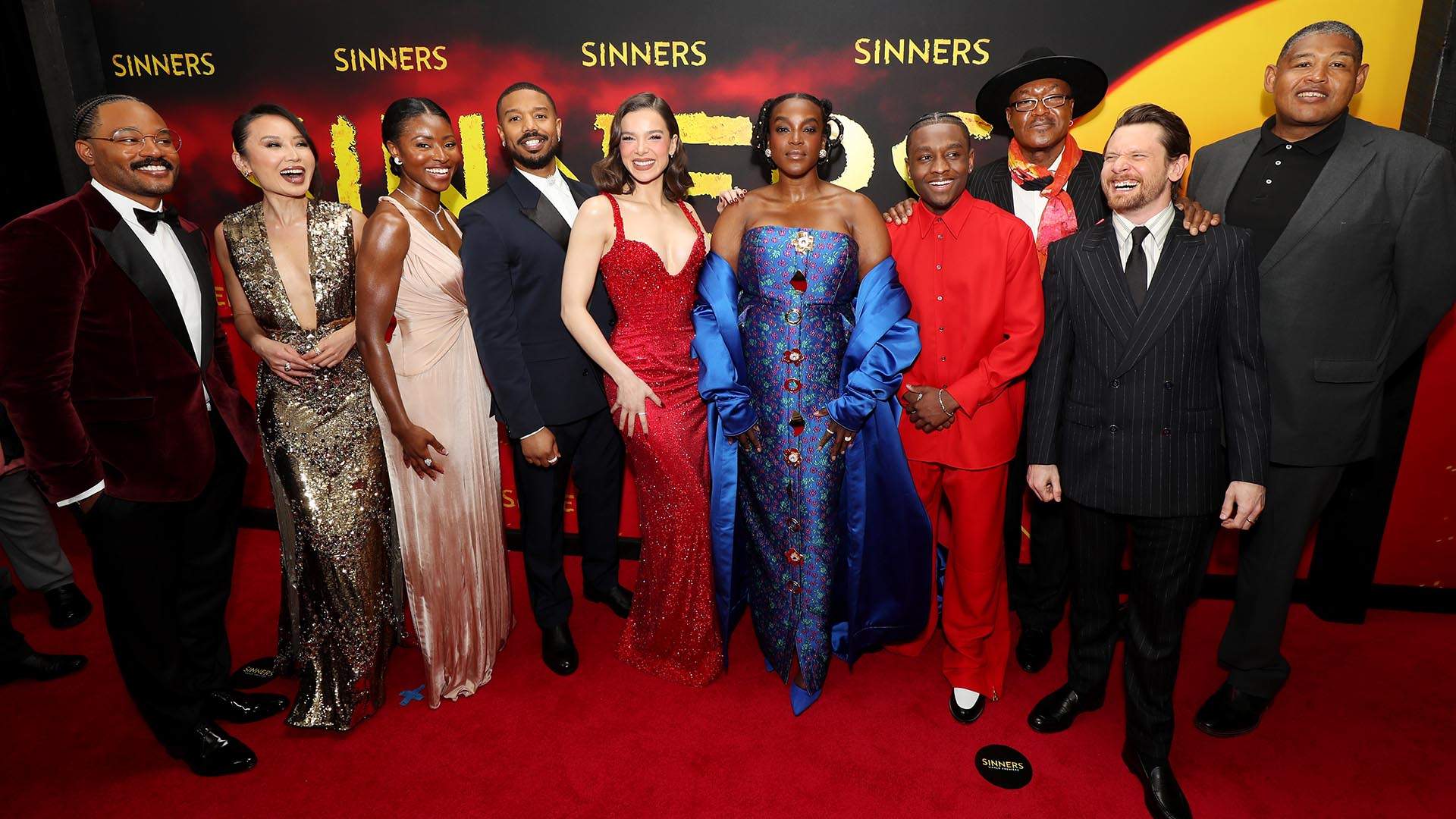
Marion Curtis / StarPix for Warner Bros.
Sinners also builds upon Coogler's tried, tested and terrific creative collaborations — with Jordan, yes, and also with cinematographer Autumn Durald Arkapaw (The Last Showgirl), production designer Hannah Beachler (Renaissance: A Film by Beyoncé), editor Michael P Shawver (Abigail), and two Oscar-winners in composer Ludwig Göransson (Oppenheimer) and costume designer Ruth E Carter (Coming 2 America), all back from either Black Panther, Black Panther: Wakanda Forever or both. Their sense of connection, of support, of coming together to realise a vision, is evident in every frame. Sinners' cast also gush about it.
Indeed, when Coogler, Jordan, Caton, O'Connell, Lindo, Li, Mosaku, Steinfeld, Miller and Lawson chat through their experience making the movie, they talk about the shorthand between the film's writer/director and its two-time lead; first-timer Caton enjoying a spectacular learning experience; the depth at every turn, including for the feature's villain; and the cultural richness and attention to detail. Also covered: the flick's impressive choreography behind its frays, cultivating a sense of place, wanting to be on set on days off and more.

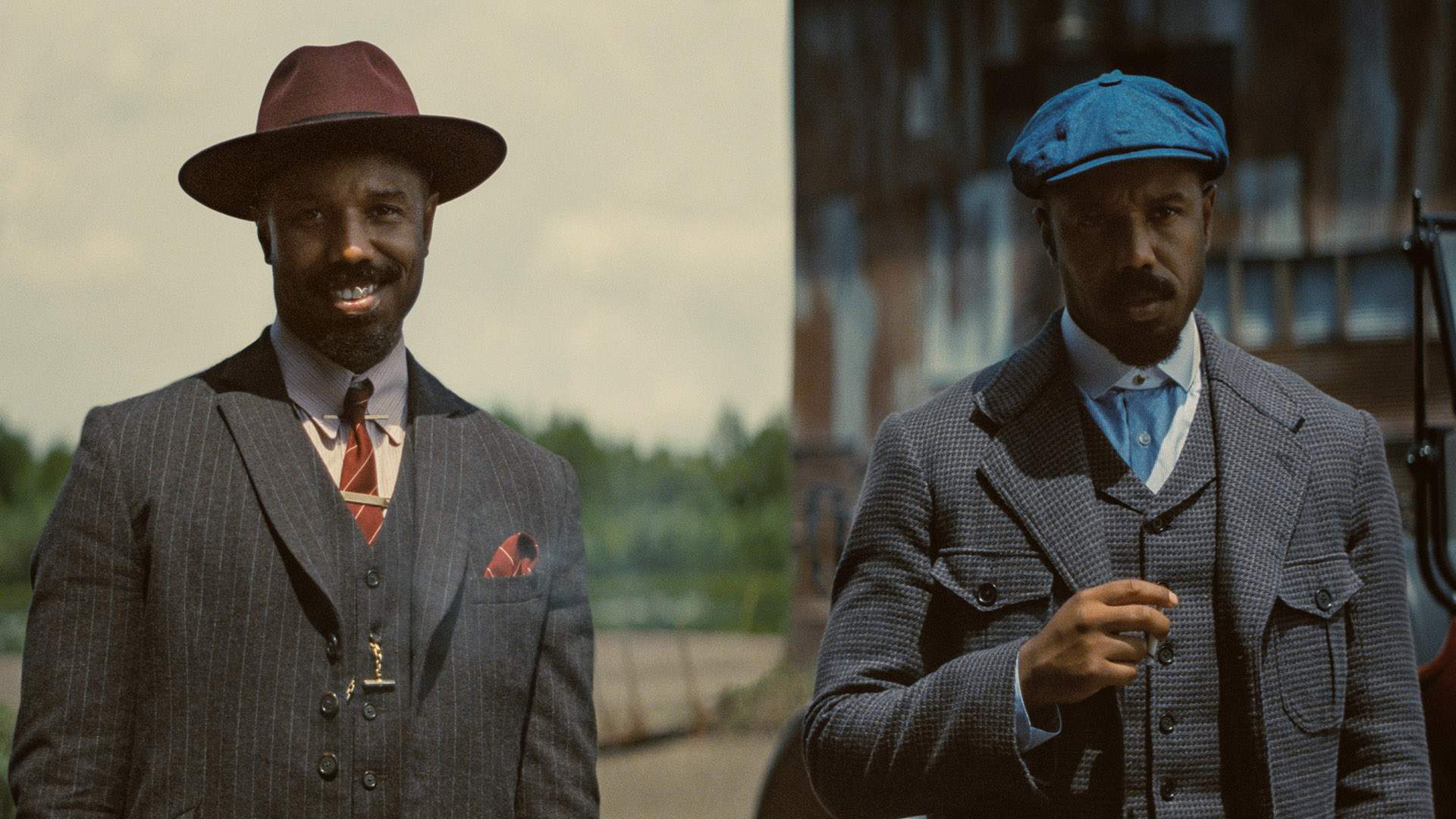
On the Shorthand That Coogler and Jordan Have Established Over Five Projects and More Than a Decade of Collaborating
Michael: "The shorthand has done nothing but get stronger over the years, especially with this one being my first movies that I've done since I directed my first film — and just having a deeper sense of empathy of what Ryan goes through on a day-to-day basis, all the hats that he must wear, the amount of places that he has to be at the same time.
Especially on this one, for me to be able to be an extra set of eyes for him and help where I can or anticipate his movements or needs allowed us to maybe get a little bit more done, especially when time is always an issue on set in general — but it's a just mutual understanding.
I can't really explain the nonverbal communication that we have that's only gotten better over the years."


On Whether Coogler and Jordan's Working Relationship Evolved After Jordan Directed a Film Himself
Ryan: "I worked as his producer on Creed III. It was a lot of times where I would never rub it in his face like that, but he would say 'whoa, man, I see what you're dealing with' — but the reality is, man, our jobs are so different. Even what he did when he was directing Creed III, he was acting in that movie. He was having to go get punched in the face and then go look and check to see how he did, and then go back and get punched again. I'm not on-screen ever when I'm directing. I'm behind the camera.
Mike is an empathetic guy. He grew up on film and television sets. What I like the most about working with him is he has an incredible work ethic, but he's also a very kind and family-oriented person. When you're number one on the call sheet — in this case, he was 1A and 1B — you have that culture. Oftentimes, it's going to come from there and it trickles down.
People are watching how the lead actor communicates with the PA; with the assistant director, the AD; with the camera operator; with the sound. Do they like to let the sound person mic them, or do they want to complain? All of these things, man. He's such an incredible sport and just kindness is the default. That's just infectious on the set in terms of establishing the tone that everybody's going to work with. It's unacceptable to yell at a PA — Mike had never done that, Mike had never raised his voice."

Michael: "That's right. That's right."
Ryan: "In an industry where it can get very high stress, it can get very toxic, it's great to have somebody who understands the value of keeping it loving and respectful, so that's what I like about Mike the most.
The other piece is, he wants to challenge himself constantly. What was great was I got that with every cast member. Everybody who went through the works and stepped on the set, they were trying to be better than they were on their last movie. I believe that they're going to be better than they were on this movie on their next one. That's the type of people that we hired and that culture starts with Mike, but I was fortunate enough that everybody came with that, and I was very happy with that."


On Caton's Journey with His First Film Role
Miles: "I started off when I was 16 years old, I got the opportunity to sing background for HER, and we began a tour all over the world. We opened up for Coldplay. Towards the end of that tour, I got a call one day saying, she called me and she said 'little bro, there was somebody in the crowd that heard you sing and they want you to audition for this role'.
I took that and I ran with it. I sent a self-tape audition. After that, I got a callback. Then they sent a couple sides. It was a kid, a young kid just playing the guitar. I did that and I sent that off.
The next thing I knew, I had went to LA to do an audition, and I got to meet Mike and I got to meet Ryan along with a couple other people. From there, I got to really talk with them about the role and just put my best foot forward. After that, I was able to really learn from them. Just being on this project, I got to grow so much. Every day was a learning experience. From the time I got on set to the end, I really did push myself every day to be better. Being around actors at this level, they all showed me so much love, man, so to be here in this moment, I feel super blessed."

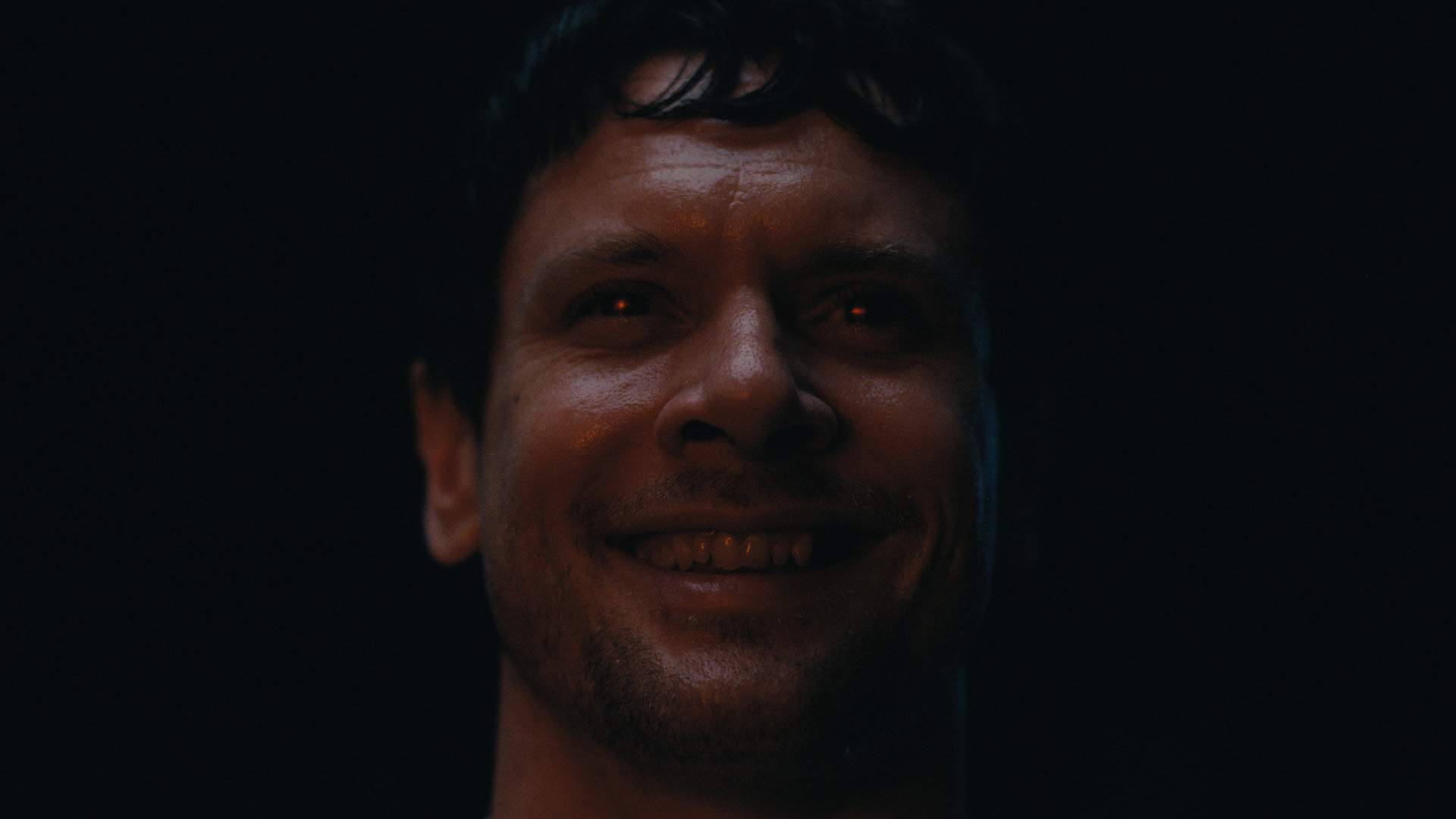
On O'Connell's Job Unpacking the Many Layers of Sinners' Unsetting Supernatural Force
Jack: "I think villain is a fair description.
There's probably an easier way of doing things, but in the film, we do it the hard way for Remmick. He's all about fellowship and love. All he wants is just to bite you on your neck, and then that's everlasting love, just a little bite. He's constantly saying 'I promise I won't hurt you'. It's the easy way, but we end up going the hard way.
Listen, there's a real richness, a real depth, I think, to Ryan's writing. What we were striving towards was — it wasn't superficial. It was grounded in something that's rooted in history. That, to me, was the main thing I was loving to latch onto, was the cultural richness that our characters were representing in individual ways."


On Lindo Being Tasked with Getting Physical and Fiery
Delroy: "First of all, we have such a wonderful team who work on the fights. I had said earlier 'oh, Ryan has a wonderful team that he puts at all the actors' disposal'. I had talked earlier about the fact that when I was younger, I did dance class and fighting on film, and in the theatre — it's like choreography, right? It's choreographed. On some level, the more violent the fights are, the more critically important it is that it be choreographed to a tee.
These fights were. I came to the project a little late, because I was working on something else, but when I arrived in New Orleans they were already in the thick of building the moves in the fight. The very first fight rehearsal that I went to, the fight captain showed me what they were working on and showed me very specifically 'okay, this is how you will slot in'.
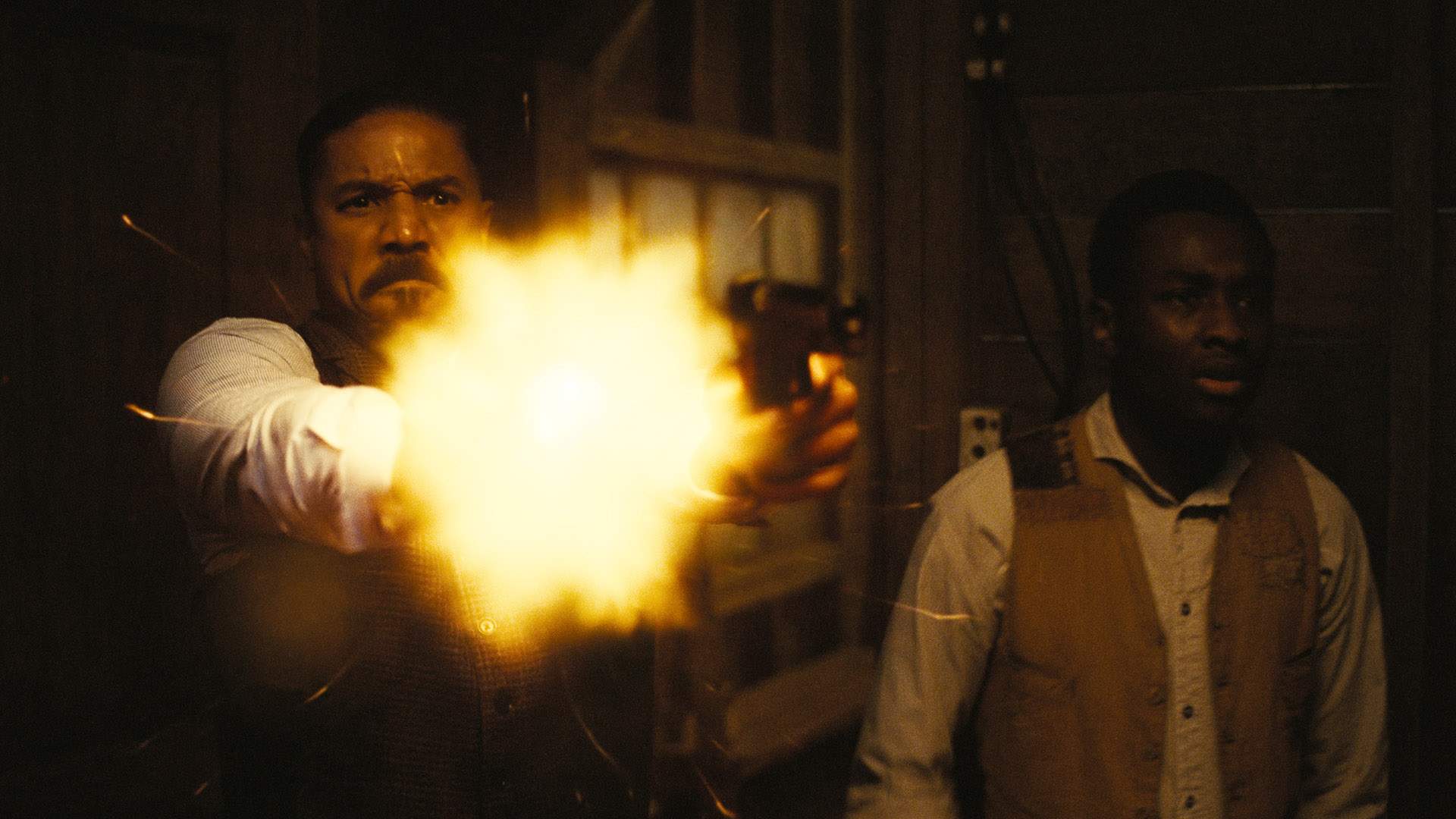
We just worked very methodically to achieve that, so by the time we got on camera to shoot those scenes, we all knew exactly what we were doing, what our responsibilities were.
The other thing I would say really quickly, there was an openness which trickles down from Ryan and from Mike in terms of the generosity shown to all of the actors. If something was presented to me, there were a couple of things presented to me in the fight scenes where I said 'can I maybe try this?'. 'Absolutely.' There was always space to incorporate what felt more organic for me as an actor."

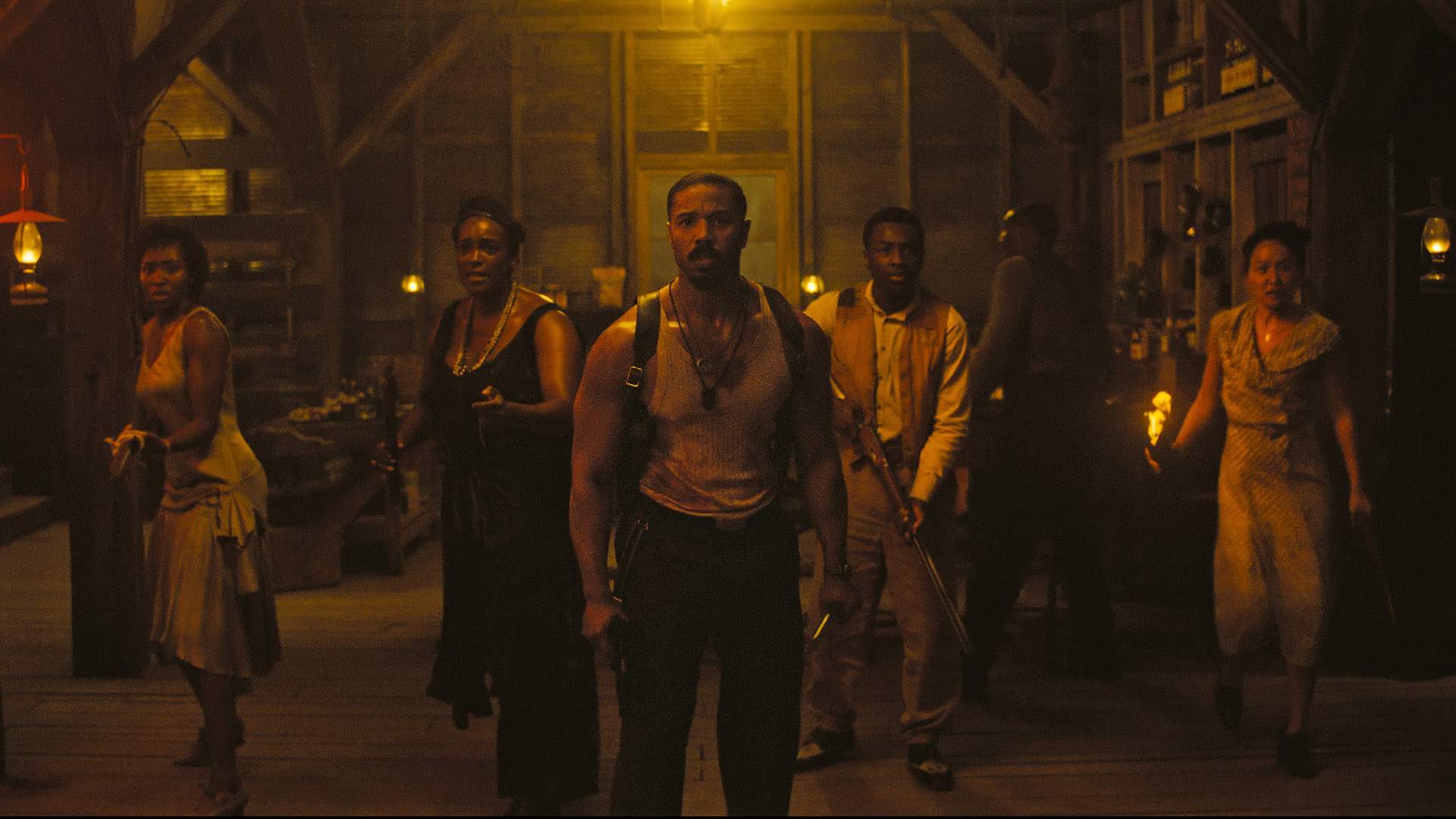
On the Attention to Detail That Went Into Exploring the Chinese American Experience
Li: "I was not aware of the Chinese American community in the Mississippi Delta at all. I had no idea about them. All I knew was that when I was presented with the sides during my audition process, I had no other information other than the fact that she was a Chinese American with a very thick, deep southern accent, which was what really piqued my interest — and also obviously because it was Ryan's project.
When we dived into the research, it was fascinating. They were such a crucial part of the world at the time. They were the only people who were able to open up grocery stores specifically for the Black and white communities, but they also endured a lot of prejudice themselves.
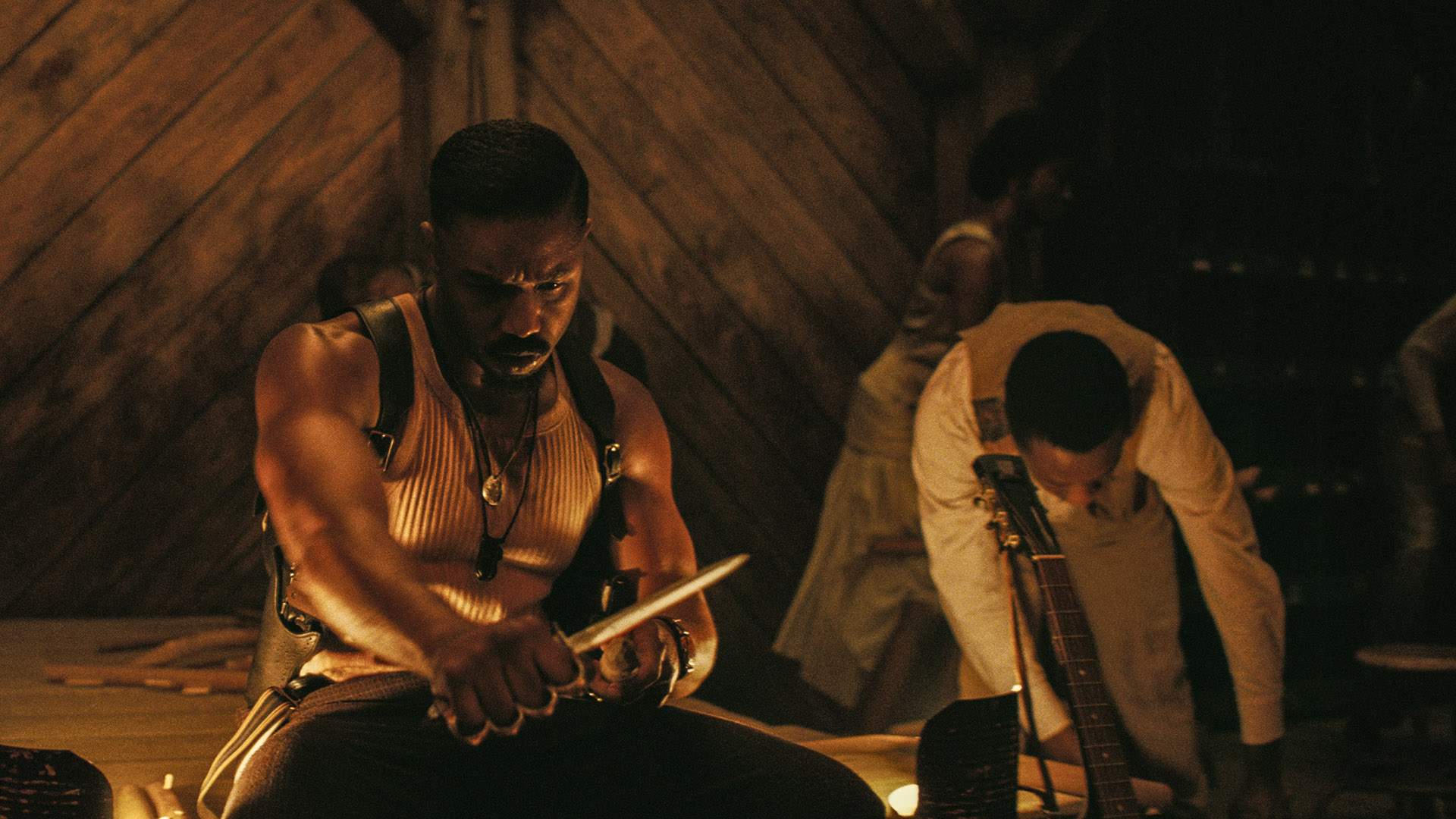
In a documentary made by a filmmaker named Dolly Li, there were a couple of people that she mentioned. One of the women's names was Frieda Quon, which is whom we used for our dialect inspiration. She always said that as long as we stayed in our lanes, we were fine, but trouble would start if we crossed over.
I just love how fascinating it was, how deeply embedded they were in the culture and how you would never think that a person who looks like me would speak that way, and yet they did. They also made southern-style Chinese food and they built their own community. It was really a gift to learn about this."

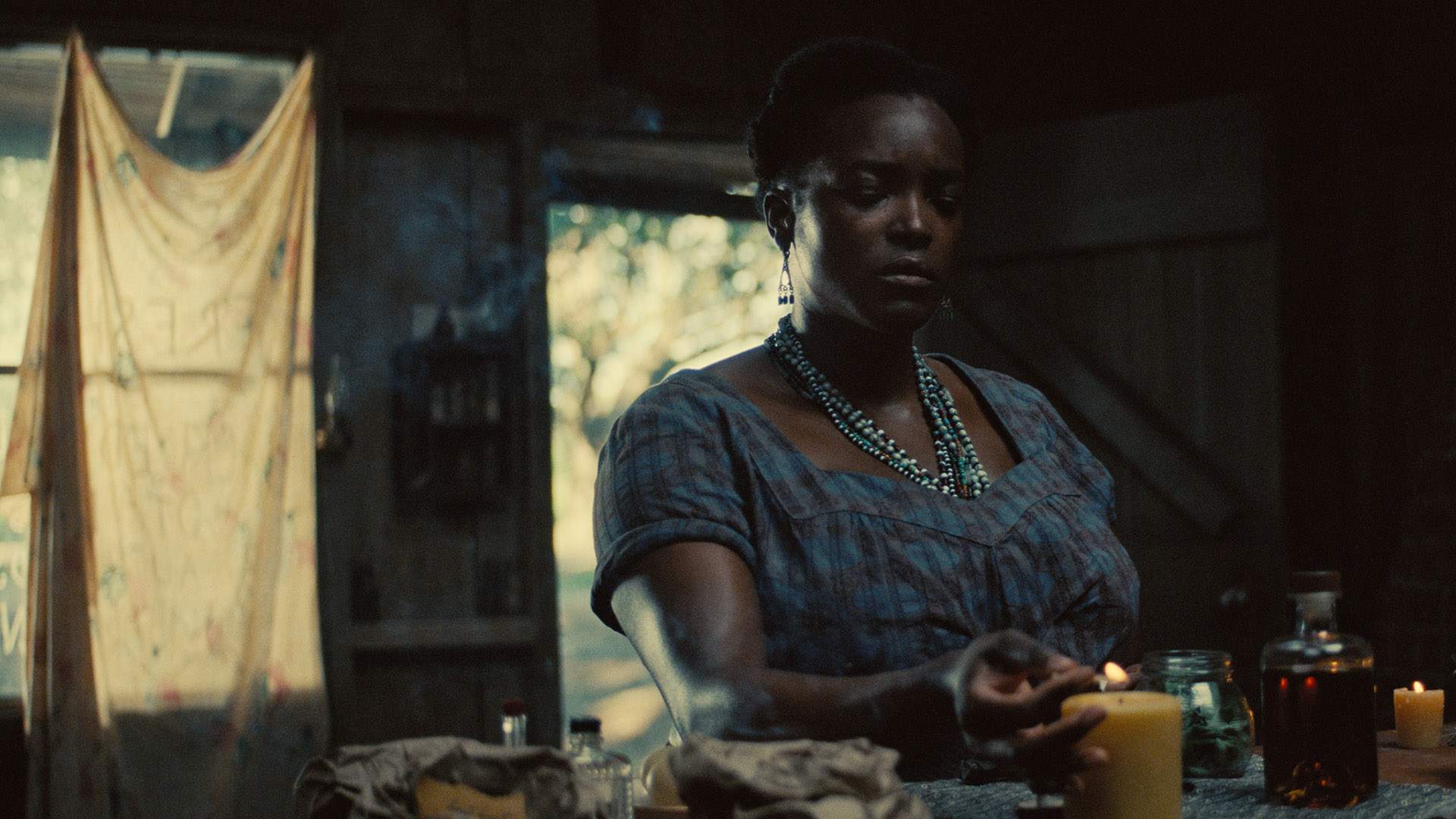
On Why a Sense of Place Was So Important, Especially to Smoke and Annie's Love Story
Wunmi: "Annie's shop, her home, is in this picturesque environment with these massive shaded oaks — and what's the other tree, the one in Louisiana with the moss? It's so beautiful and romantic and really adds to the magic of their relationship, their love. It elevates it. I love how, in the scene when we see Annie and Smoke for the first time, is it dandelions you've got blowing behind Smoke?"
Ryan: "Yeah, pussy willows."
Wunmi: "You say willow?"
Ryan: "Yeah, pussy willow."
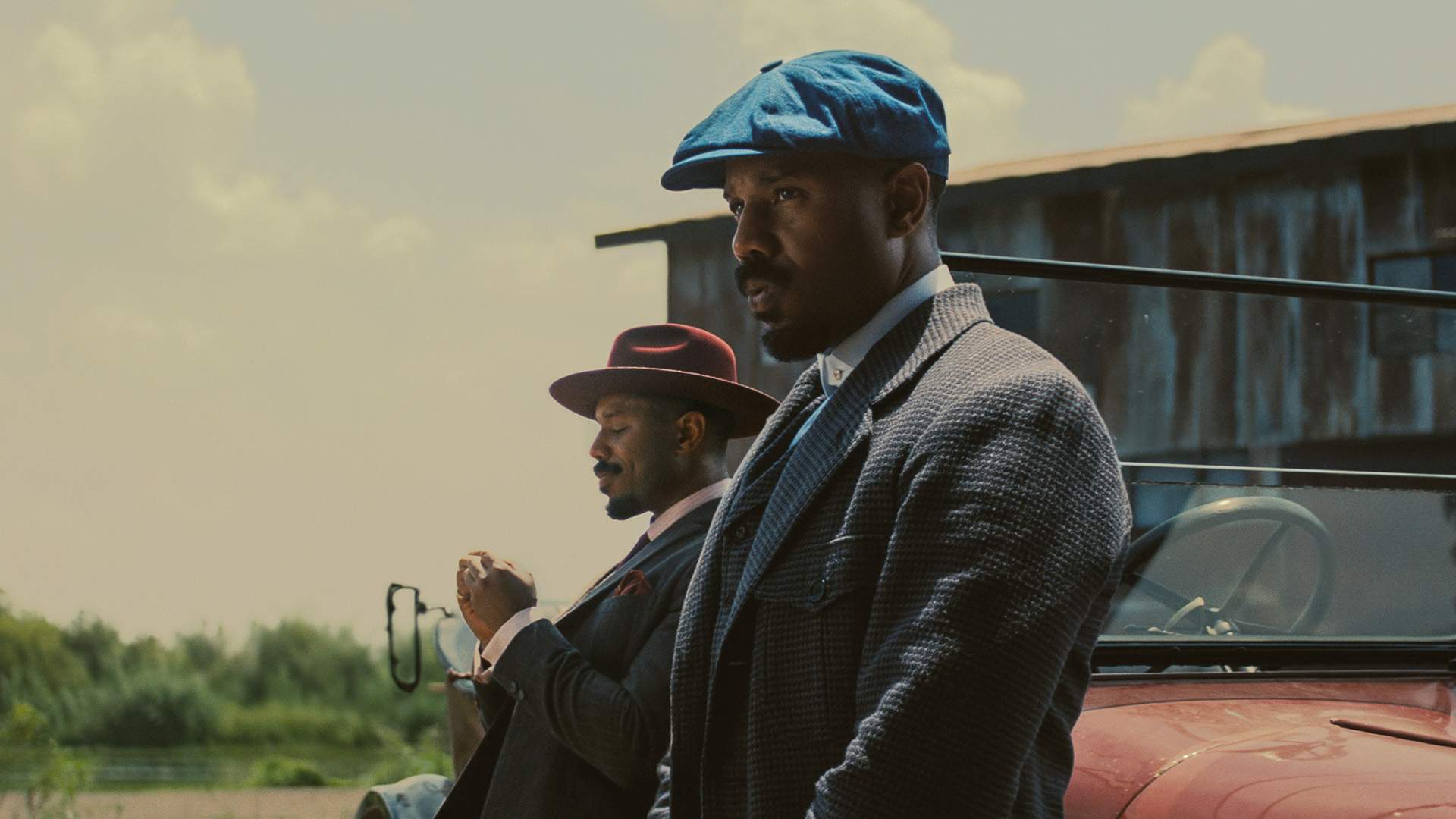
Wunmi: "It's so beautiful. The whole shop itself, I feel like I wish we could see the whole thing because Hannah Beachler, she did such an amazing job."
Delroy: "She did."
Wunmi: "There's smoke coming up through the floorboards and there were these little cards hanging from the ceiling. This candle's burning in the background. You can't see all of this. There were spiderwebs on these spell books. These are real spiders. It's not even set design. It just felt really magical.
It felt like their home. When he comes into the store, he knows where to pick his pipe from. He knows that time has stood still for her and everything is as it was. I really loved their environment. It felt like it really added to the scene, it added to our intimacy, it added to our connection."

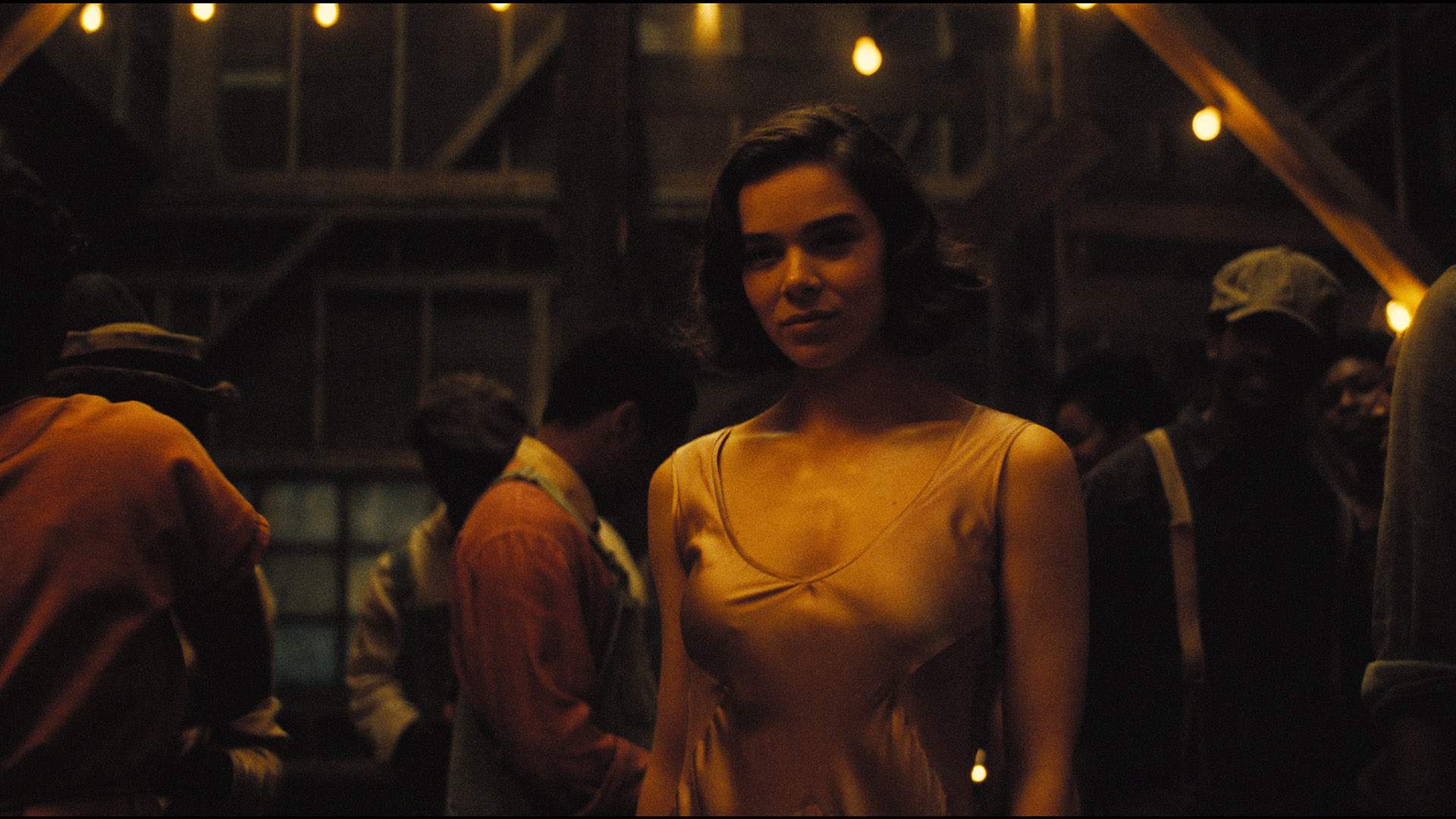
On Navigating Mary's Journey, and the Night-Time Shoots That It Entailed
Hailee: "I think the nights were crazy, and a lot of the nights took place inside the juke, too. We would go in and it would be light — and we'd come out, it'd be light again.
What I loved, though, so much about the juke for Mary was that even though it was a new place to her, it was home. There were so many elements within that juke that were created, that were brought to life, that were home. The food; the people, most importantly; the music; just the way, the layout where you'd have Smoke and Stack up above, Annie in her corner, the stage and Mary just moving through and feeling this sense of familiarity having never been there before because of who was around her. I love that so much about this character and how she falls into this story, because she's in a place of not knowing whether or not she, to an outsider, not so much herself — an outsider may not believe that she belongs in that space, but she does, she knows that and she feels it.

Being in that juke, being on that stage and even in our exterior location, looking at that structure that was built, it was like it became our home. It became Mary's home. It became her connection to her mother and her past that she'd been away from for so long, living a very, very different life that we didn't necessarily see, but we could only imagine how beautiful it might've been or looked, rather, or how different it might've looked. It wasn't what she wanted. This is home.
I loved walking in there and hearing everyone's shoes creak on the wood and the chairs that we see a little bit in the movie of the juke coming together. It's just like you wonder where it all came from and how they got it all together. It was all these people that are in there that made it happen, that brought it together. We had just the most incredible team, some of who you mentioned, bring this to life and make this feel like a safe space that we could call home."


On the Collaborative and Creative Vibe That Comes with Working on a Coogler Film
Omar: "I've been doing this for a good amount of time now. I've been blessed to work for a long time. Ryan Coogler runs the most-egalitarian set I have ever been on, and I say that in the most-complimentary way. Once we got to set, once everybody came out of the trailers, everybody was equal. For somebody who's had an underdog element to his whole career, I value that so much.
To me, that was something that I leave with — leaving that set and always being welcome to return to the set, and always being a part of it with looking forward to return to it, was that I know that we're all being treated equally. Ryan knows everybody's first name. It's 200-something people. Ryan's calling people out: 'Roger Stevenson, how was your weekend?'. It's stuff like that. It's very, very, very impressive."

Jayme: "This is hands-down my favourite experience. I think the way Ryan really set the tone, that it felt like we could bring our stories with us as he shared his with us — it made for this collaboration where, I think I can speak for a lot of us, we found a level of freedom that oftentimes you don't get to tap into, because you're being led by somebody that has so much faith in you and trust in you with his brainchild.
At no point did he ever feel so precious about it. It was a gift that he was willing to share — every day, like Omar said. I would show up when I didn't have to be at work. Now, I don't know anybody else that would want to do that, but to be able to watch Ryan work, I had to. I just wanted be in that room at all times, and I am forever grateful for that."

Sinners releases in cinemas Down Under on Thursday, April 17, 2025.
Film images: Warner Bros / Eli Ade.




